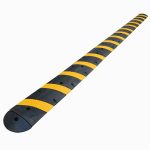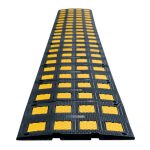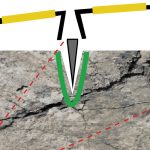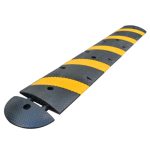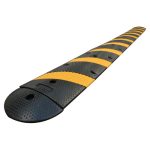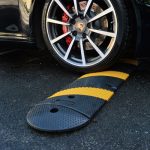What Are Parking Stops?
Parking stops, also known as wheel stops or parking blocks, are devices used to ensure vehicles are parked correctly at designated spots. They help in **preventing over-parking** which can cause damage to buildings, sidewalks, and other structures.
Types of Parking Stops
Concrete Parking Stops
Concrete stops are durable and commonly found in many parking lots. They are heavy and need more **effort to install**, but provide long-lasting service.
Rubber Parking Stops
Rubber stops are made from recycled materials and are **environmentally friendly**. They are easier to install, more flexible, and have **higher visibility** due to their reflective tape.
Plastic Parking Stops
These stops are lightweight and often easier to **handle and install**. However, they may not be as durable as concrete or rubber stops.
Benefits of Parking Stops
Parking stops offer numerous benefits including:
- Enhanced safety: They help in mitigating the risk of damages to cars, sidewalks, and other structures by defining clear parking boundaries.
- Increased organization: Clearly marked parking spaces facilitate better traffic management and more efficient use of parking areas.
- Better aesthetics: A well-organized parking lot enhances the overall appearance of a property.
Installing Parking Stops
Proper installation of parking stops is crucial for them to function effectively.
Preparation
- Choose the right type of stop for your specific needs.
- Make sure the ground is leveled and prepared for installation.
Installation Process
- Position the parking stops at the desired location.
- Drill holes into the ground through the pre-existing holes in the stop.
- Secure the stop using rebar spikes, concrete bolts, or adhesive, depending on the type of stop.
- Ensure each stop is firmly attached and does not move.
Maintenance of Parking Stops
Regular maintenance ensures the longevity and effectiveness of parking stops. Here’s what you need to do:
- Inspect regularly for any signs of wear and tear.
- Replace damaged stops promptly to maintain safety.
- Clean them to ensure they remain visible, especially those with reflective material.
Conclusion
Using parking stops is an **excellent way to improve safety** and organization in parking lots. Whether you opt for concrete, rubber, or plastic stops, selecting the right type and ensuring proper installation and maintenance will yield the best results.
For **more information on the prices** and to explore a variety of parking stops, please visit Unimat Traffic.


